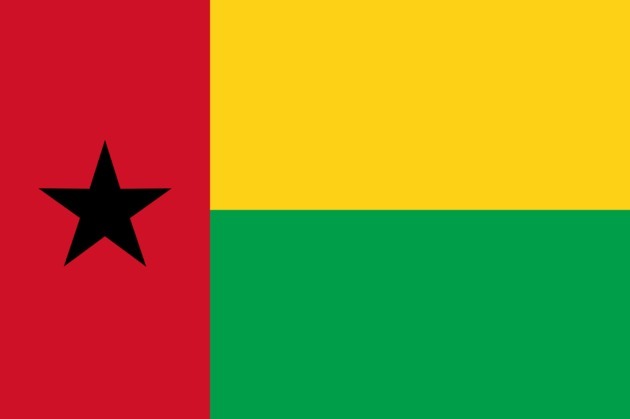The Hundred Years War it was a long and discontinued war between England and France, which took place between 1337 and 1453, motivated by political and economic reasons.
Main causes
The political cause of the Hundred Years War was the dispute for the french throne, after the death of Charles IV, in 1328, which put an end to the Capetingians dynasty.
The King of England, Edward III, was the grandson of Philip the Beautiful, and claimed the right to the French crown. From an economic point of view, the reason was the dispute for the rich region of Flanders (current Netherlands and Belgium).
Besides being a rich commercial center, Flanders had an important industry of woolen fabrics, whose raw material was imported from England.
As the exploration of wool to Flanders was an important source of wealth for English nobles, they decided to face French pretensions in relation to the region.
The Early Years of the War
In the early years of the war, the British, with excellent infantry, won spectacular victories. Only in 1429 did a fact change the course of the war in favor of the French.
the peasant Joana D'arc commanded a small army sent by Charles VII, freed Orleans, besieged by the British. Other victories followed until the French conquered Reims. Charles VII was then crowned King of France.
The war lasted over a hundred years, it was not continuous, it presented moments of struggle, with victories on both sides, and moments of truce.
Conflict was always accompanied by other calamities, such as famine and pestilence. The famine was the result of war, prolonged droughts and small harvests, which caused an increase in the prices of basic necessities, such as wheat.
In 1347 to black Plague, quickly spread across Europe, killing more than a third of the population.
In 1358, with the crisis of feudalism, during the Low Middle Ages, a peasant revolution known as jacquerie, because the peasants were called by the nobles “Jacques Bonhomme”, the equivalent of hillbilly in Portuguese.
Of the approximately 100,000 peasants who participated in the revolution, most were massacred by the nobles supported by the king.
In England, the situation of the peasants was also dire. Starved and oppressed by feudal lords, a mass of 60,000 rebels destroyed castles, murdered lords and tax collectors, and marched on London, occupying the capital. The reaction of the king and nobles resulted in the failure of the revolution and the execution of thousands of rebels.
Last Phase of the War
The last phase of the Hundred Years War was marked by the victories of the peasant Joana D'arc, which further stimulated the French people's sense of nationality.
The English, planning to kill her, arrested the French heroine. Tried by a Church court, she was accused of heresy and witchcraft, she was eventually convicted and burned alive in Rouen in 1431.
The death of Joan of Arc further stimulated the nationalism of the French, who from then on advanced over the British, achieving expressive victories.
In 1453, peace was signed. Charles VII came to govern France with almost absolute powers and ended the English pretensions to own domains in France.



